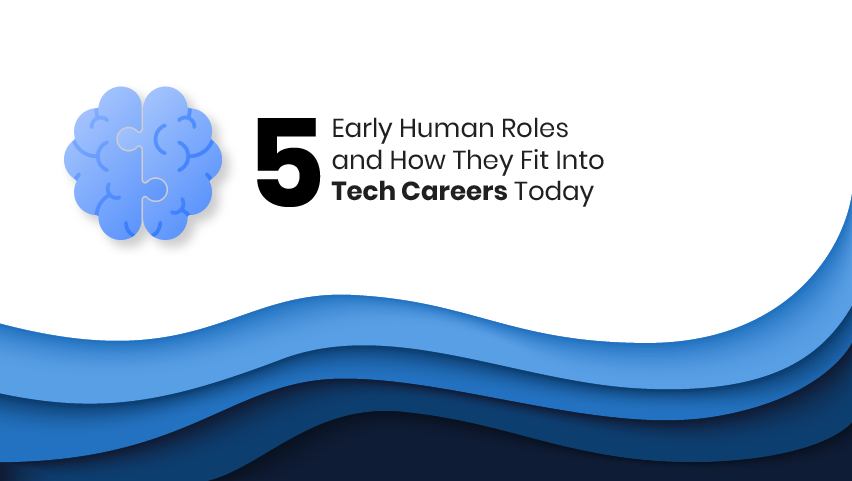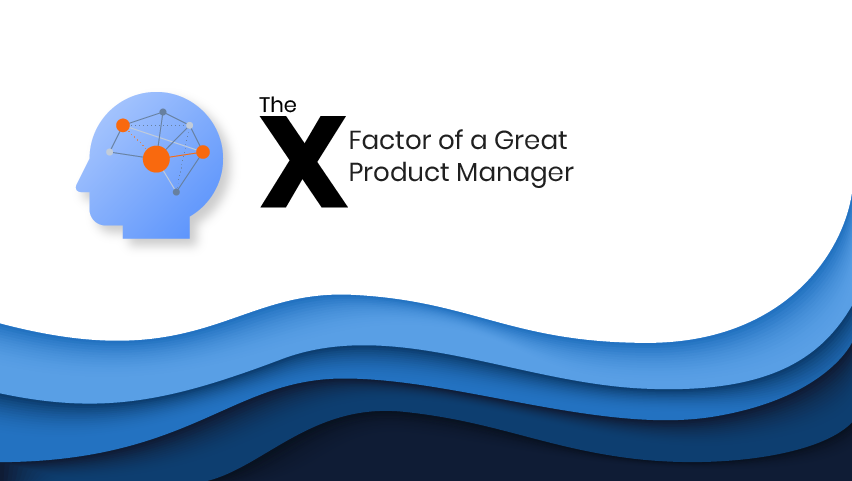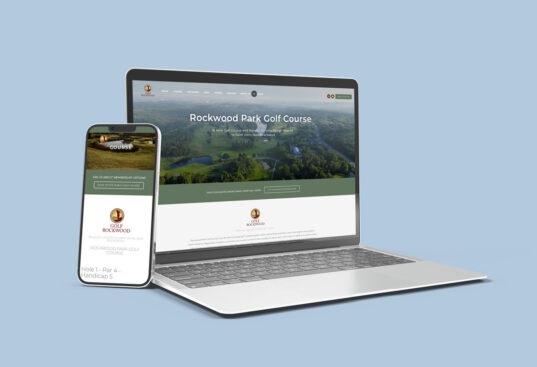
It takes humans millions of years to evolve, but our technology advances exponentially over just a few years.
How is it that we’re still able to use the same brains we’ve had since early civilization when the world we live in looks completely different? Can the same brain that gathered berries all those years ago keep track of complex accounting systems today? I was thinking about these questions recently, and I came up with an answer that I’m quite pleased with (at least as a starting point).
Here’s my personal opinion (based only on my experiences) of how these five early human roles fit into tech industry jobs now:
- Hunter
- Gatherer
- Explorer
- Maker
- Caregiver
The roles
1. Hunter
What is the essence of this role?
Key differentiator: takes risks to bring a large bounty back to the community
Hunters have a bias toward higher risk and higher reward. Hunting a live animal is dangerous, but a successful hunt is well worth it. Hunters also have to be comfortable with the risk of coming across no animals for days; they do this without losing motivation.
How does this role fit into tech careers?
Example: Salesperson
Think about a commission salesperson making a cold call to sell a product. It’s clear that the goal is to get the sale, and the risk factor is being told “no”. This may not seem like a big risk, but when you consider that some salespeople will work for days without making a sale, it’s easy to see why risk-averse people avoid this career path.
For many salespeople, the thrill of the successful hunt creates a positive feedback loop that keeps them motivated enough to outweigh the risk.
2. Gatherer
What is the essence of this role?
Key differentiator: works hard to secure low-risk resources for the community
Gatherers have a bias toward lower-risk activities. Collecting berries isn’t as dangerous as hunting, and they probably won’t come back empty-handed at the end of the day, so the aversion to risk works well to reliably fill in the gaps left by the hunters.
How does this role fit into tech careers?
Example: Data Analyst
Think about a data analyst sourcing information to measure user-uptake on a feature. The analyst will work hard to collect the right data from the right sources and sort it in a usable and effective way.
This is low-risk like collecting berries because the analyst knows where and how they can get the data consistently and reliably.
3. Explorer
What is the essence of this role?
Key differentiator: Comfortable with unknowns
Explorers set out to satisfy their curiosity by making assumptions and testing them. An explorer might assume that there are other sources of water outside the village, even if they’ve never seen it for themselves once. Context clues like watching the rain create puddles can be enough to drive the explorer forward into the unknown.
How does this role fit into tech careers?
Example: Product Manager
Think about a product manager trying to decide which feature to build next. There’s no “right” answer, so they need to make their best guess based on partial information they’ve collected so far and then test and refine their understanding.
Someone that’s not comfortable with unknowns may have trouble with this loop of uncertain testing and learning.
4. Maker
What is the essence of this role?
Key differentiator: Creates and transforms
Makers are driven by a desire to complete tasks with a clear outcome like building a shelter out of branches & leaves, or creating a set of rules out of widely-accepted opinions. This is satisfying for makers because their brain rewards them for figuring out their creation process and seeing it through.
How does this role fit into tech careers?
Example: Developer/Programmer
Think about a developer writing code for a software product. Their role is to take requirements and ideas and transform them into functioning features. They don’t need to worry about taking big risks or working with tons of unknowns because the resources they need to build are provided.
5. Caregiver
What is the essence of this role?
Key differentiator: Supports, maintains, and grows existing resources
Caregivers build strong connections and understanding with the subject of their care. Mothers and everyone else responsible for raising children are an easy example of this, but you can also think of a farmer caring for growing crops.
How does this role fit into tech careers?
Example: Team Lead
Think about a team lead’s role within the team. While they generally possess the same talents and knowledge of their team members, the caregiver traits are key here because they’ll need to nurture the team’s growth, success, culture, etc.
Caregiver traits seem to have the most crossover with the other roles, like how a great salesperson needs to care about their customer’s success, but think about a developer that doesn’t want to manage people. They may have caregiver traits about their product, but not necessarily about shouldering the responsibility of team morale, continued learning, interpersonal relationships, etc.
Conclusions
Though our brains and physiology don’t evolve nearly as quickly as our technology and culture, humans’ extraordinary powers of adaptation have allowed us to take the same traits we’ve been surviving on for millennia and apply them to tasks, careers, and roles that seem completely unrelated at a first glance.
Every person in the world will have a unique balance and distribution of these traits, impulses, and biases, so it’s important for employers to be able to recognize how and where to make use of them.
Of course, it’s even more important for employees to be familiar with their own skillset to find a career that’s both stimulating and personally rewarding.
Which of these traits did you relate with? Do you find that you have bits and pieces of some, but not others?




